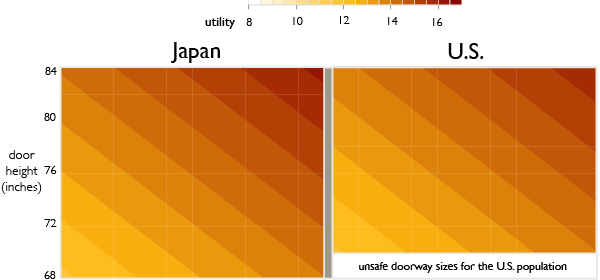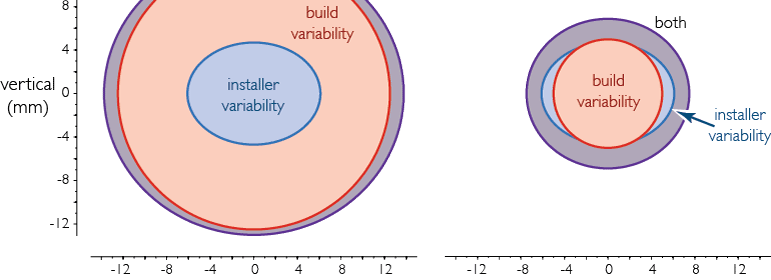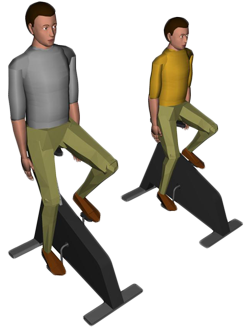
by mbp11 | Jul 26, 2012 | Publications
In order to accommodate the desired percentage of the target users of a product, decisions must be made to ensure that the design satisfies performance requirements such as user safety, comfort, and ease of use. The marketing concept of “utility theory” is one...

by mbp11 | Aug 28, 2011 | Publications
In addition to robustness-related considerations, designers of long-lifetime products (e.g., freight trucks and commercial air- craft) must also account for possible secular and demographic trends and their impacts on the ranges of anthropometry, capability, and...

by mbp11 | Aug 28, 2011 | Publications
This study offers a new method for understanding the likelihood of acceptable fit for users of adjustable products and environments and is a useful tool for aiding the designer in making decisions about problems involving human variability. Accommodation, which...

by mbp11 | Jan 1, 2011 | Publications
The success of a vehicle seat is defined in large part by its acceptability to users and compliance with applicable regulations. Simultaneously satisfying both of these objectives can be challenging, and it is the goal of the designer to balance the requirements of...

by mbp11 | Feb 19, 2010 | Publications
In the design of artifacts that interact with people, the spatial dimensions of the user population are often used to size and engineer the artifact. The variability in anthropometry indicates the fixed allocation of space, adjustability requirements, or how many...





